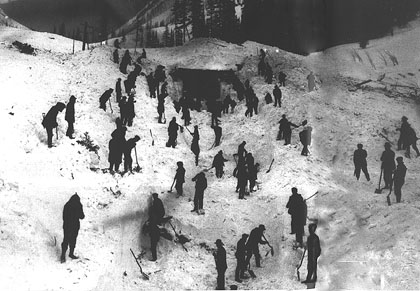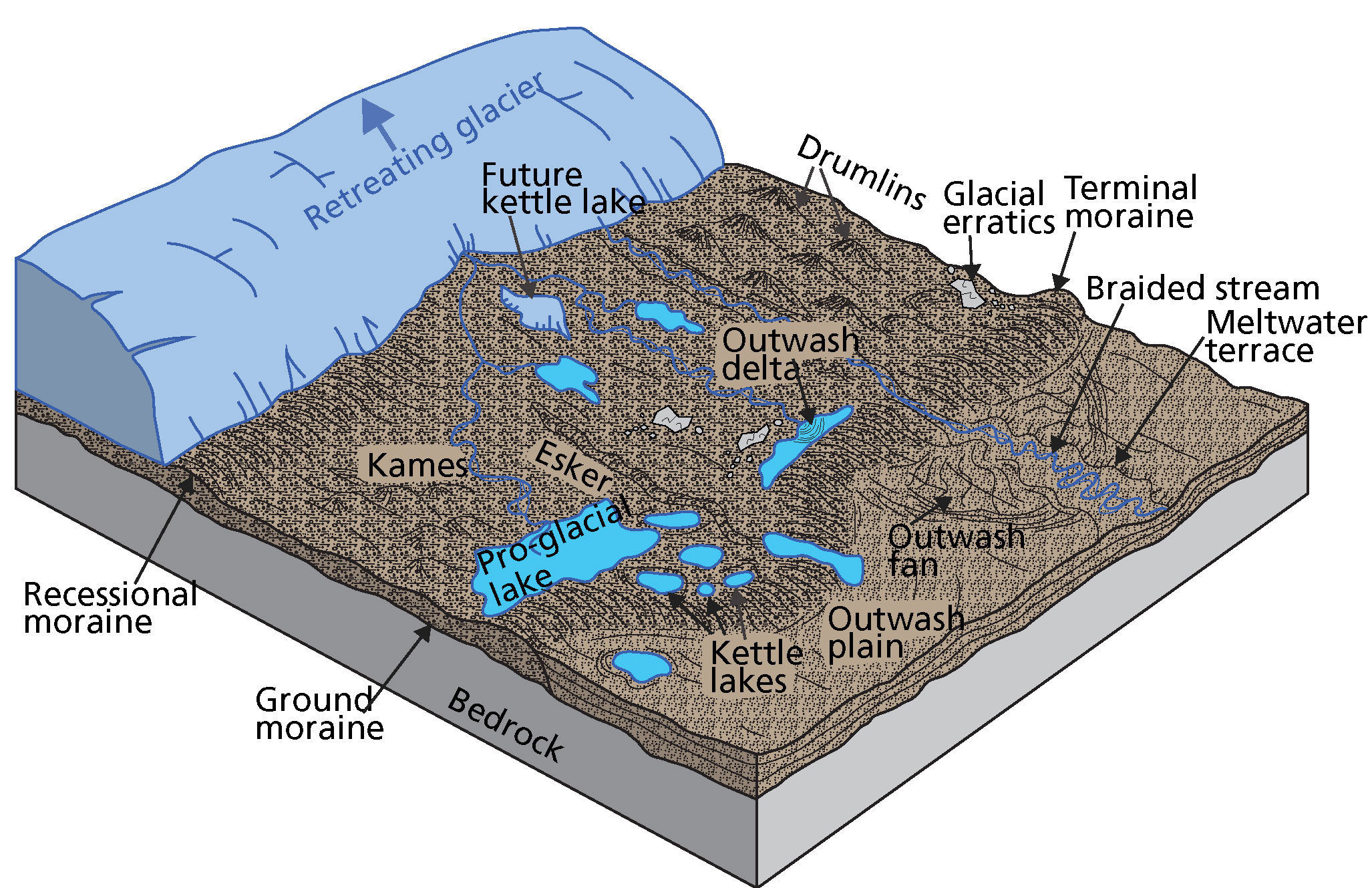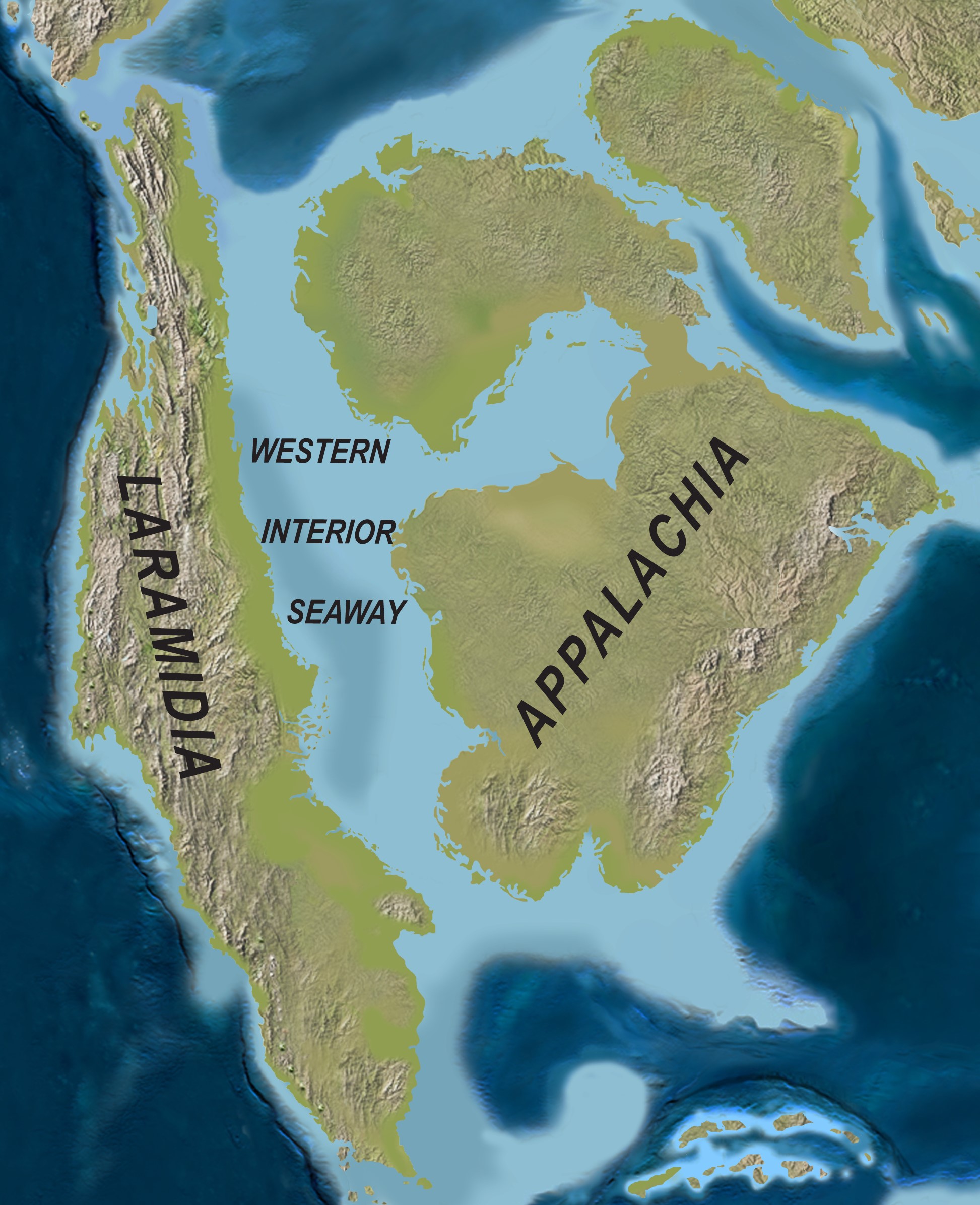An escarpment is a steep or vertical cliff which usually extends over a considerable distance. Several escarpments can be found in Canada, with the Niagara Escarpment, the Scarborough Bluffs and the Manitoba Escarpment among the best known.
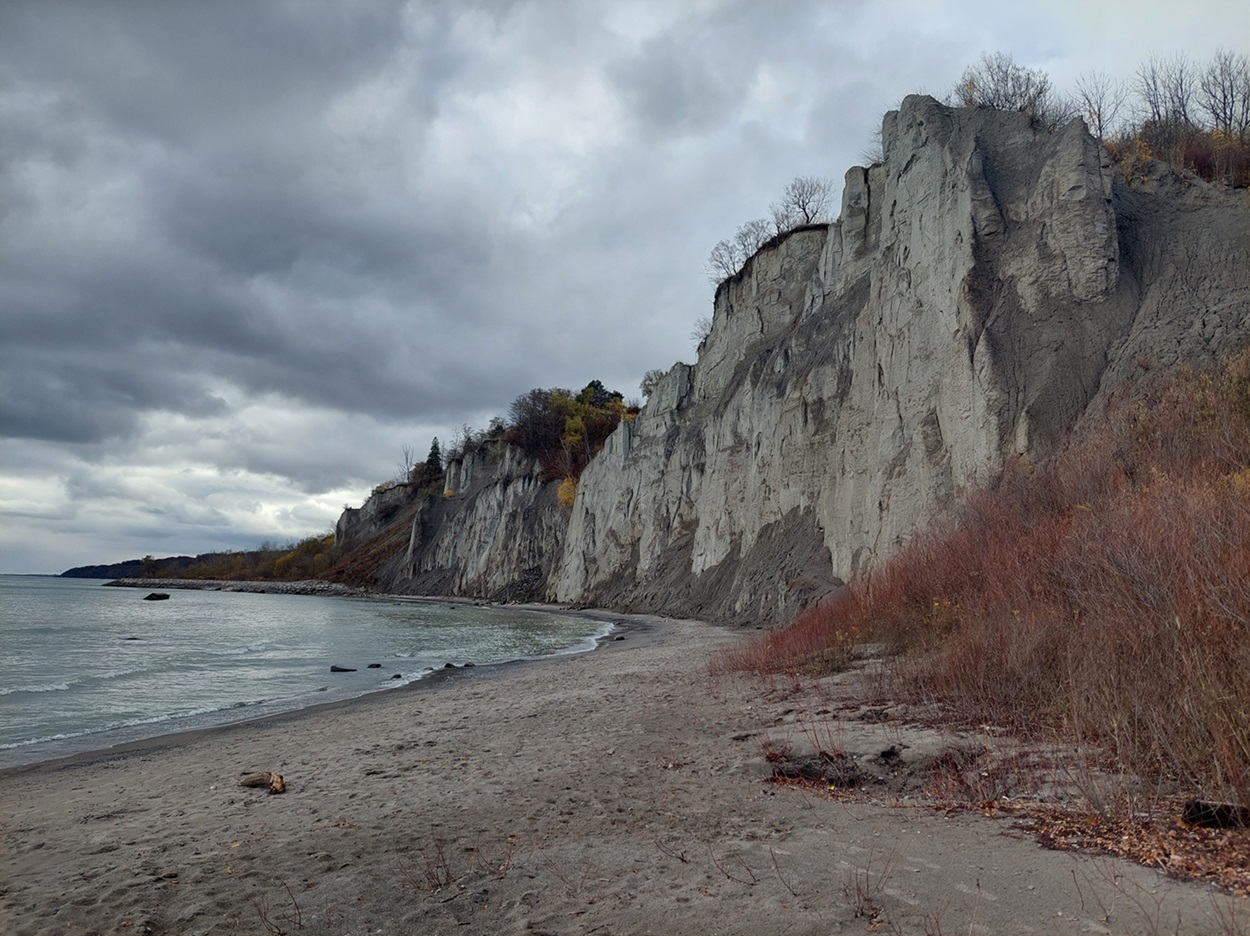
Formation
Escarpments can form as a result of various geological processes.
The most common type of escarpment occurs when more resistant strata form a cap rock over easily eroded rocks. As erosion takes place, the lower rock erodes more rapidly so that the cliff remains very steep. One example of this type of escarpment is the Niagara Escarpment, which extends from Tobermory, Ontario, into New York state. Its resistant cap rock, formed by the Lockport Dolomite, overlies several weaker shale and sandstone beds. These types of escarpments can vary from having a flat, vertically sided feature such as in the Manitoba Escarpment, to a cuesta (with a steep scarp face and gentle dip face), or to a hogback ridge in which both faces are equally inclined.
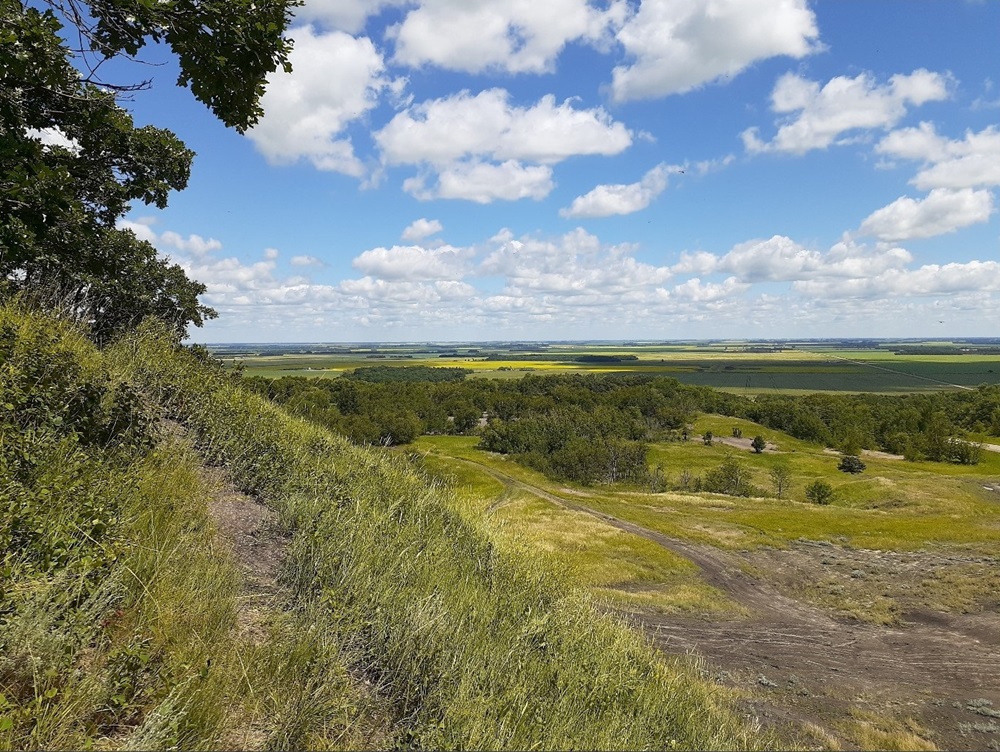
Some escarpments are formed by tectonic activity (i.e., deformational movements of the Earth's crust or volcanism), particularly uplift along fault lines, and are distinguished as fault scarps (see Plate Tectonics). An example of this type of escarpment lies in the Aspy Valley of northern Cape Breton Island, Nova Scotia. The inclination of the fault plane controls the angle of the fault scarp and is often more gentle than that of the classic escarpment formed by strata of differing resistance.
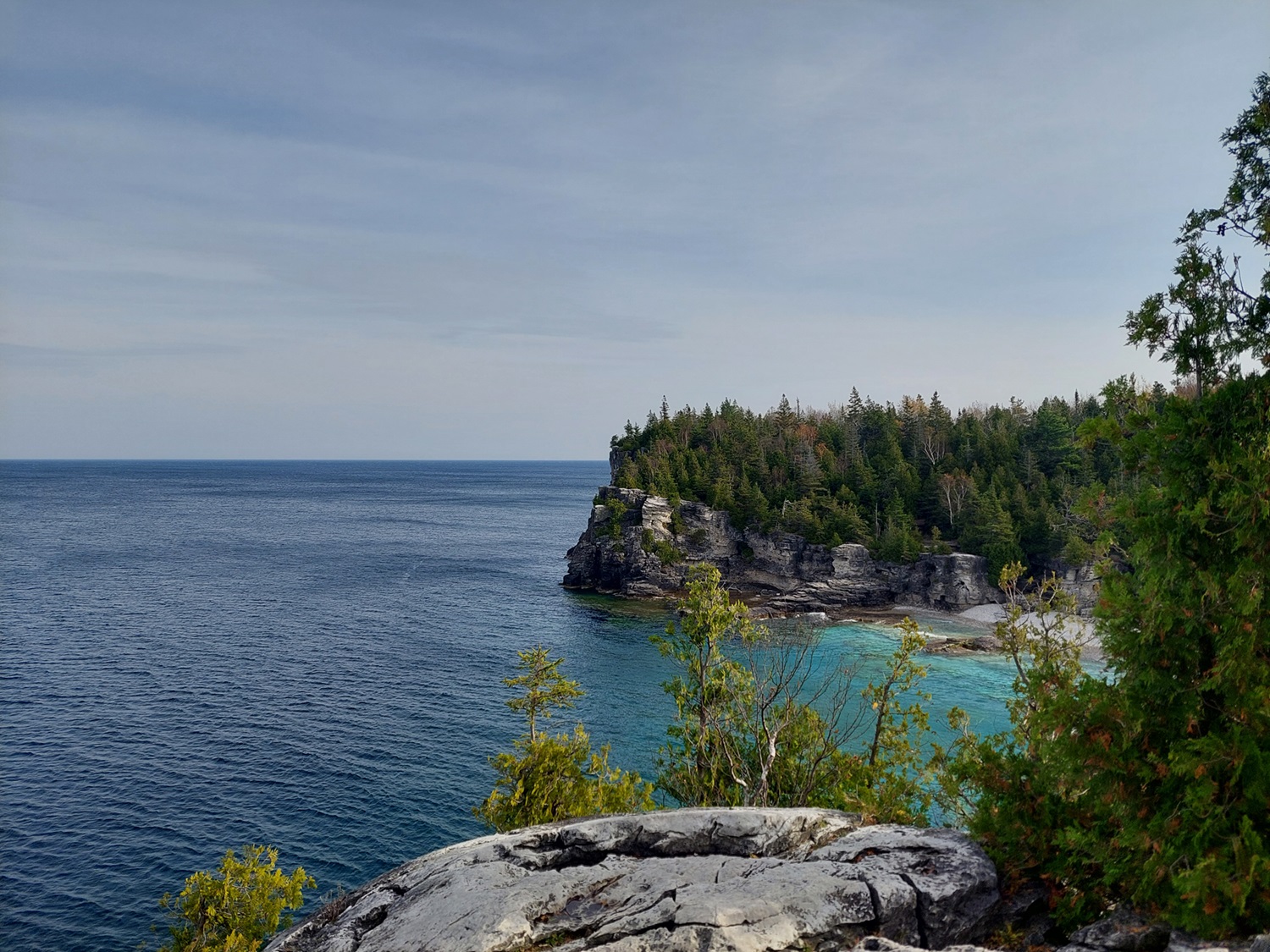

 Share on Facebook
Share on Facebook Share on X
Share on X Share by Email
Share by Email Share on Google Classroom
Share on Google Classroom


